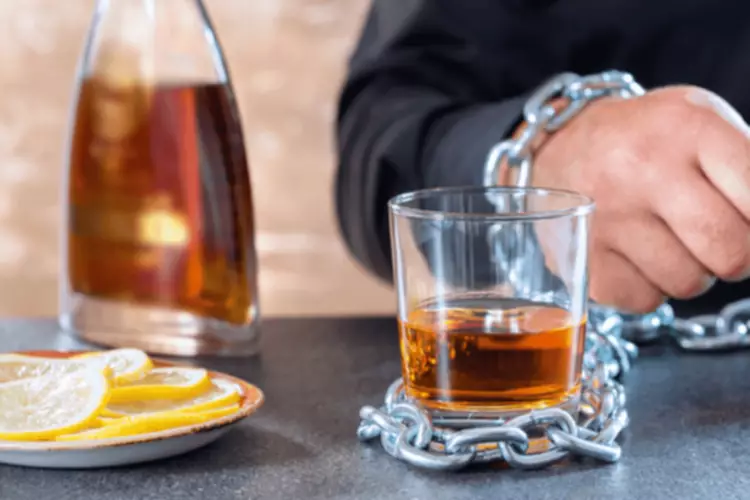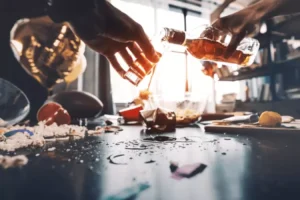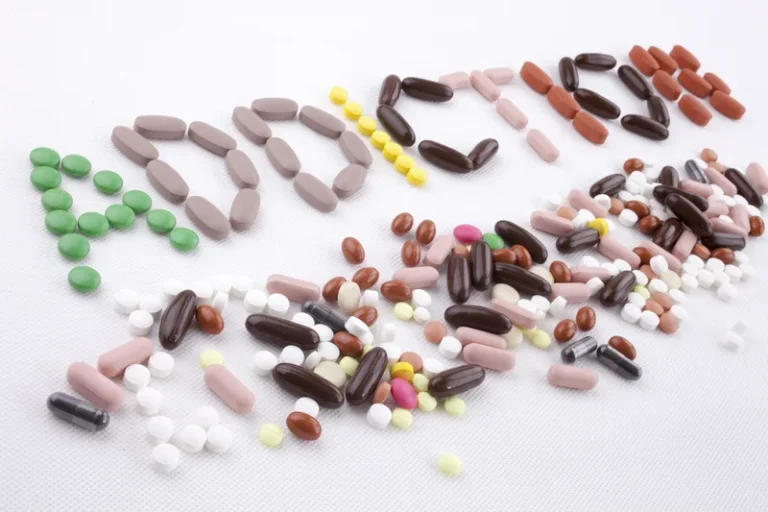
Symptoms of alcohol overdose include confusion, difficulty remaining conscious, vomiting, seizures, trouble with breathing, slow heart rate, clammy skin, dulled responses (such as no gag reflex, which prevents choking), and extremely low body temperature. Blood alcohol concentration can continue to rise even when you stop drinking or are unconscious. Alcohol in the stomach and intestine continues to enter the bloodstream and to circulate throughout your body. Consider connecting online, through social media, or by phone or mail. If you do have any of these symptoms, then alcohol may already be a cause for concern, and a conversation about alcohol use with a professional is recommended.
Alcohol and Your Health
Adolescents typically have an increased desire to experience new things, but experimenting with alcohol is not a good idea. Talk with people you trust about your concerns and how you are feeling.
Get the Facts About Underage Drinking
Doctors diagnose alcohol use disorder (AUD) when a person has two or more of the symptoms listed below. The early warning signs of an alcohol problem can be hard to recognize because some symptoms can overlap with what are considered normal teen behaviors. AUD is a condition where a person is addicted to alcohol or unable to control their alcohol use. When someone drinks frequently, their body becomes dependent on alcohol. According to the National Institute on Alcohol Abuse and Alcoholism (NIAAA), about 3.4% of US teenagers ages 12 to 17 have AUD.

Binge drinking and alcohol poisoning
- We can help you determine the next steps and if a teen alcohol rehab is the right solution for you.
- If you do not have access to a phone contact Web Poison Control Services for online assistance.
Talking to your teen about drinking is not a single task to tick off your to-do list, but rather an ongoing discussion. Things can change quickly in a teenager’s life, so keep making the time to talk about what’s going on with them, keep asking questions, and keep setting a good example for responsible alcohol use. Facts About Teen Drinking is a resource for teens, created by the National Institute on Alcohol Abuse and Alcoholism, with research-based information on underage drinking. If a person drinks enough, particularly if they do so quickly, alcohol can produce a blackout. Alcohol-induced blackouts are gaps in a person’s memory for events that occurred while they were intoxicated.
How much alcohol do teens use?

Adolescents tend to drink if the adults around them drink or binge drink alcohol. Screening youth for alcohol use and AUD is very important and may prevent problems down the road. Screening by a primary care provider or other health practitioner (e.g., pediatrician) provides teenage alcoholism an opportunity to identify problems early and address them before they escalate. It also allows adolescents to ask questions of a knowledgeable adult. NIAAA and the American Academy of Pediatrics both recommend that all youth be regularly screened for alcohol use.
Prevalence of Underage Alcohol Use, People Ages 12 to 20

The first stage involves access to alcohol rather than the use of alcohol, tobacco, inhalants, or other drugs. In that stage, minimizing the risk factors that make a teenager more vulnerable to using alcohol is an issue. The second stage of alcohol and other drug use ranges from experimentation or occasional use to regular weekly use of alcohol, tobacco, inhalants, or other drugs. The third stage involves a youth further increasing the frequency of alcohol use and/or using alcohol and other drugs on a regular basis. This stage may also include the teenager buying alcohol or other drugs or stealing to get their drug of choice. The final and most serious fifth stage of alcohol or other drug use involves the youth only feeling normal when they are using.

What alcohol use disorder looks like
In addition, teens need to build different skills and coping strategies than adults. In addition, the risk of drinking among underage people increases as they get older. Before talking with your teen, it may be helpful to speak with a healthcare provider who specializes in addiction https://ecosoberhouse.com/ to obtain guidance.8 They can help walk you through ways to support your teen without blame or lecturing. The types of confrontational interventions you see on TV can lead to shame and a refusal to get treatment. Instead, try to focus on creating a caring, supportive environment.
- The Recovery Village aims to improve the quality of life for people struggling with substance use or mental health disorder with fact-based content about the nature of behavioral health conditions, treatment options and their related outcomes.
- It is a mistaken notion to assume that children and adolescents are simply miniature versions of adults.
- Facts about the societal risk factors for adolescent alcoholism include peer pressure and the portrayal of teen drinking in the media.
- Alcohol often produces rewarding feelings such as euphoria or pleasure that trick the brain into thinking the decision to drink alcohol was a positive one and that motivate drinking again in the future.
Launched in 2012, this five-site consortium recruited a community cohort of 831 diverse adolescents ages 12 to 21 from five U.S. regions (Durham, North Carolina; Palo Alto, California; Pittsburgh, Pennsylvania; Portland, Oregon; and San Diego, California). Half the sample was enriched for key characteristics conveying risk for heavy drinking among adolescents (i.e., family history of substance use disorder, youth externalizing or internalizing symptoms, and having tried alcohol by age 14). Other studies have shown that alcohol use tends to increase with age during adolescence, with older teens more likely to drink and engage in heavy or binge drinking. Per occasion, alcohol consumption is higher in adolescents than in adults in both humans and laboratory animals, with changes in the adolescent brain probably contributing to this elevated drinking. This Review examines the contributors to and consequences of the use of alcohol in adolescents. The consequences of alcohol use in human adolescents include alterations in attention, verbal learning, visuospatial processing and memory, along with altered development of grey and white matter volumes and disrupted white matter integrity.
- According to the National Institute on Alcohol Abuse and Alcoholism (NIAAA), about 3.4% of US teenagers ages 12 to 17 have AUD.
- This style of passive parenting, centered on support, non-judgement, and unconditional love, still allows you to appropriately discipline your child.
- She also points out that a lot of Gen Z are saying no to alcohol, keen to look after their bodies and mental health.
- This stage may also include the teenager buying alcohol or other drugs or stealing to get their drug of choice.
Teen Alcohol Abuse & Treatment Guide


